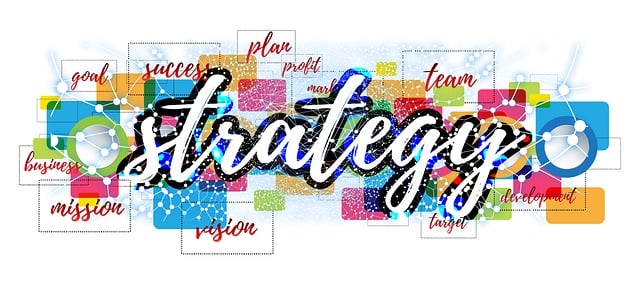The integration of Artificial Intelligence (AI) and drones revolutionizes property mapping by offering unprecedented precision, efficiency, and real-time insights. AI-powered drones capture detailed aerial imagery, enabling accurate maps and quick verification of boundaries. This technology facilitates better decision-making, ensures SLA compliance, detects anomalies, and maintains data privacy through robust anonymization, secure storage, and transparent communication protocols. By aligning with legal requirements and ethical standards, AI SLA compliance monitoring safeguards individual privacy, fostering trust in AI-assisted property mapping services.
“Revolutionize property mapping with AI landscaping drones—a game-changer in real estate and construction. This article explores how advanced AI algorithms and aerial technology unlock unprecedented potential, enhancing precision and efficiency. From unlocking hidden terrain insights to ensuring Service Level Agreement (SLA) compliance through comprehensive data capture, AI-assisted mapping is transforming industries.
Delve into the critical role of AI in monitoring and maintaining data privacy standards while leveraging the power of drones for detailed property assessments.”
- Unlocking Property Mapping Potential with AI and Drones
- The Role of AI in Ensuring SLA Compliance
- Navigating Data Privacy Considerations for AI-Assisted Property Mapping
Unlocking Property Mapping Potential with AI and Drones

The integration of Artificial Intelligence (AI) and drones is revolutionizing property mapping, offering unprecedented precision and efficiency in land survey. By combining AI’s ability to analyze vast amounts of data with drone technology, we can unlock the full potential of property assessment and management. AI-powered drones are equipped to capture detailed aerial imagery, providing a comprehensive view of properties that was previously difficult to attain.
This advanced approach enables more effective SLA (Service Level Agreement) compliance monitoring. Drones can swiftly scan large areas, identifying changes in land use, infrastructure developments, or potential violations of zoning regulations. AI algorithms then process this data, generating accurate maps and insights in real-time. This technology ensures that property owners, developers, and authorities stay informed, facilitating better decision-making and compliance with legal requirements.
The Role of AI in Ensuring SLA Compliance

The integration of Artificial Intelligence (AI) in landscaping drone operations plays a pivotal role in ensuring Service Level Agreement (SLA) compliance. AI algorithms can analyze vast amounts of data collected by drones, including high-resolution imagery and sensor readings, to deliver precise and up-to-date property maps. This real-time mapping capability is crucial for meeting SLA requirements, as it enables quick verification of property boundaries, infrastructure conditions, and any potential changes or damages.
AI’s ability to automate the monitoring process enhances efficiency by providing continuous compliance checks. It can detect anomalies, such as encroachment or unauthorized alterations, flagging them for immediate attention. This proactive approach ensures that property owners and managers stay informed about their assets’ integrity, enabling them to take timely corrective actions and maintain the highest standards of accuracy and service delivery.
Navigating Data Privacy Considerations for AI-Assisted Property Mapping

As AI transforms property mapping, ensuring data privacy becomes paramount. When AI-powered drones capture detailed imagery and data about properties, sensitive information about homes, neighborhoods, and individuals must be protected. Developers and users of this technology need to establish robust protocols for data anonymization, secure storage, and transparent communication with stakeholders.
AI SLA compliance monitoring is crucial in this context. Service Level Agreements (SLAs) can explicitly outline data handling practices, access controls, and privacy measures. By adhering to these agreements, companies ensure that data collection, processing, and sharing align with legal requirements and ethical standards. This not only safeguards individual privacy but also builds trust among users who rely on AI-assisted property mapping services.
AI-powered landscaping drones offer a revolutionary approach to property mapping, enhancing efficiency and accuracy. By leveraging AI technologies, such as computer vision and machine learning algorithms, these drones can navigate complex landscapes, capture high-resolution images, and generate detailed 3D models of properties, aiding in precise SLAs (Service Level Agreements) compliance monitoring. While data privacy concerns are essential to address, the benefits of this innovative method promise to transform how we perceive and manage our surroundings, ensuring a secure and efficient future for property mapping.
